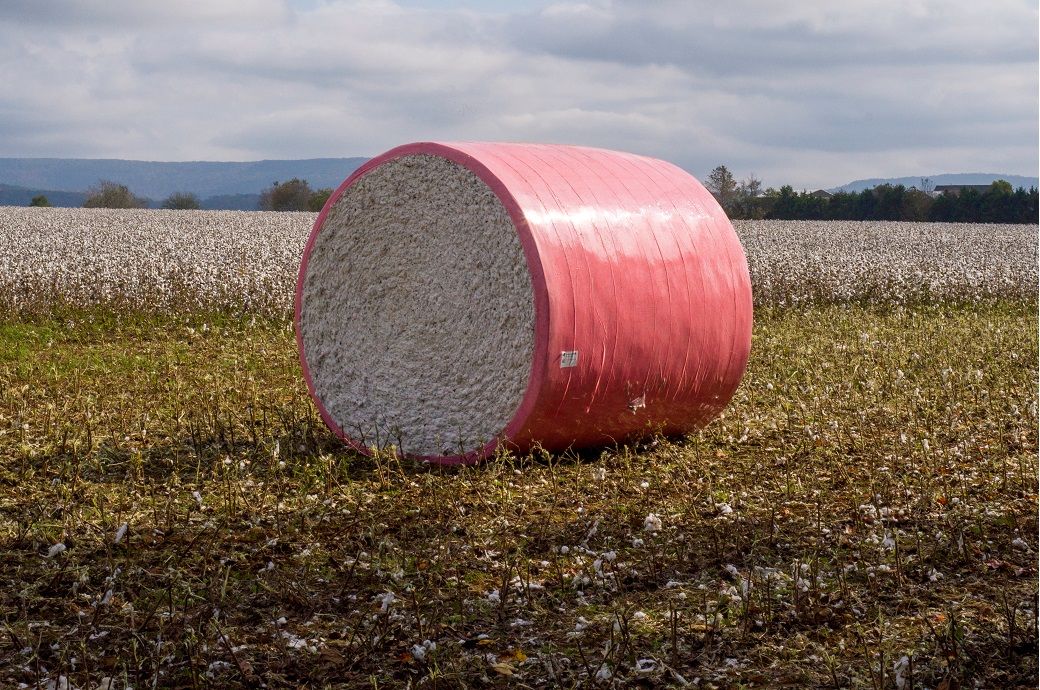
The December ICE cotton contract settled at 69.07 cents per pound (0.453 kg), up 0.73 cents. The contract reached a session high of 70.80 cents.
Cotton prices have been influenced by rising crude oil prices amid the Middle East conflict. Oil prices surged over 2 per cent, making polyester, a man-made fibre alternative to cotton, more expensive.
Yesterday, the market saw heavy trading volumes, with a final tally of 61,443 contracts, the highest in eight weeks. On Friday, 33,576 contracts were cleared, and open interest stood at 225,992 contracts, up by 1,192 contracts. The ICE's deliverable No. 2 cotton futures contract inventory fell to 18,361 bales as of August 9, down from 18,721 bales the previous day.
The USDA lowered its 2024-25 forecast for US cotton production by 1.9 million bales to 15.11 million bales. The US cotton yield forecast was reduced to 840 pounds per acre from 844 pounds per acre. The 2024-25 cotton ending inventory forecast is now 4.5 million bales, down from 5.3 million bales. Global cotton production is also projected to decline in the new year.
In its weekly crop progress report, released after the market closed yesterday, the USDA showed the good-quality rate of US cotton at 46 per cent, up from 45 per cent the previous week. The boll setting rate for US cotton was 74 per cent, up from 60 per cent the previous week.
Currently, ICE cotton for December 2024 is trading at 68.45 cents per pound, down 0.62 cents. Cash cotton is trading at 63.79 cents (up 1.20 cents), the October contract at 68.29 cents (up 1.20 cents), the March 2025 contract at 69.92 cents per pound (down 0.58 cents), the May 2025 contract at 71.16 cents (down 0.56 cents), and the July 2025 contract at 72.00 cents (down 0.50 cents). A few contracts remained at the same level as the last closing, with no trading observed today.
Fibre2Fashion News Desk (KUL)